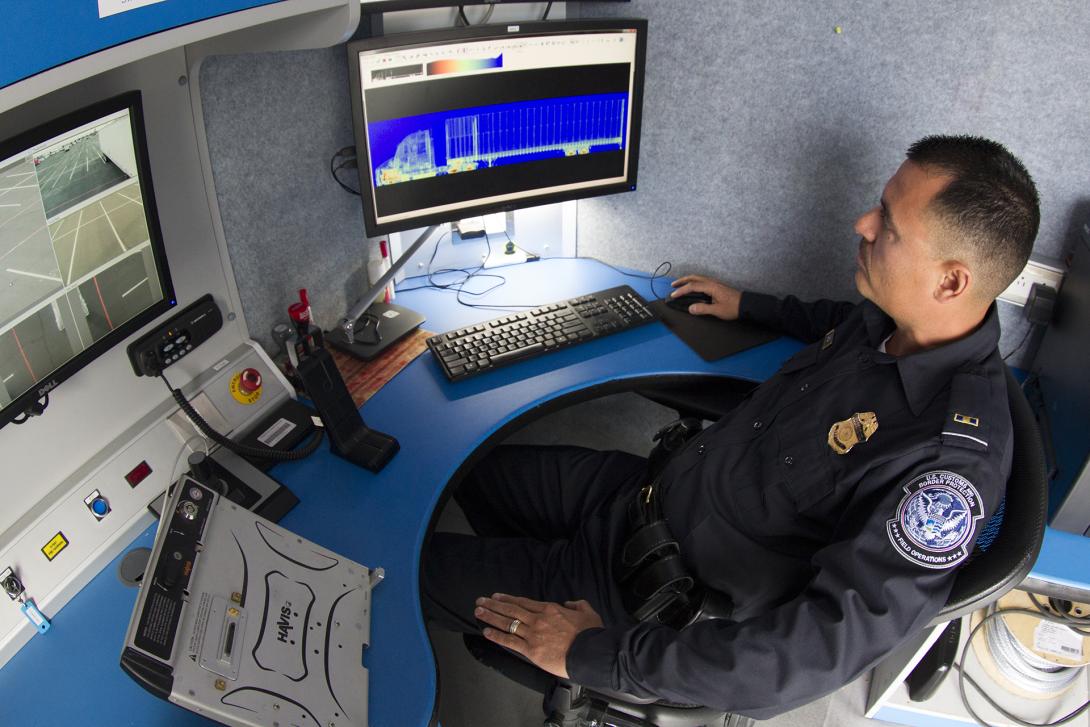DHS Releases AI Roadmap for 2024
While the buzz-worthy technology has raised concerns for some, the Department of Homeland Security’s (DHS) latest artificial intelligence (AI) road map outlines its current and future benefits.
The AI Roadmap 2024 lists three lines of effort, each including its own workstream imperative in the ethical and secure use of AI technologies.
- Responsibly Leverage AI to Advance Homeland Security Missions While Protecting Individuals’ Privacy, Civil Rights and Civil Liberties.
The department’s agency will implement pilot programs involving large language models, nonintrusive inspection technologies and AI-enabled capabilities for cybersecurity vulnerability detection.
It will also engage with security research communities to “help identify potential weaknesses in the DHS IT systems” for a most secure development process. For example, the chief information security officer will host a HackDHS exercise in 2024.
-
Promote Nationwide AI Safety and Security.
The Cybersecurity and Infrastructure Security Agency (CISA) aims to publish guidance on AI security in partnership with international partners and federal entities, the road map mentions. It will also provide recommendations to mitigate risks to critical infrastructure.
Additionally, the Countering Weapons of Mass Destruction Office “will draft a report for the secretary to deliver to the President on AI CBRN [chemical, biological, radiological or nuclear] Risks and Benefits.”
The Homeland Security Investigations also plans to help AI developers in detecting AI-related IP theft risks.
-
Continue to Lead in AI through Strong, Cohesive Partnerships.
Exchange of knowledge with industry, government and academia can only help accelerate the safe deployment of AI solutions, the DHS writes. “By fostering a collaborative ecosystem, DHS can harness the collective intelligence of the broader AI community, resulting in more robust, adaptable and innovative solutions.”
The department has used AI for over a decade, according to the road map. In 2015, for example, there was a piloted “use of machine learning (ML) technologies to support identity verification tasks.” The DHS has been exploring AI uses since, with many successful projects currently keeping the nation safe.
“[The U.S. Customs and Border Protection (CBP)] recently used [an ML] model to identify potentially suspicious patterns in vehicle-crossing histories,” the DHS listed as an example in its latest release. “CBP recently used the model to flag a car for secondary review, which yielded the discovery of over 75 kgs of drugs hidden in the automobile.”
Other examples included leveraging AI and ML models to identify sexual exploitation victims, ensure travel safety and face disaster response in more efficient ways.
Malicious actor threats and risks remain, however. “Of particular concern are impacts of AI attacks on critical infrastructures, which could result in nefarious actors disrupting or denying activities related to Internet of Things (IoT) technologies or networked industrial systems,” the Roadmap 2024 mentions.
AI-enabled technologies additionally drive misinformation and disinformation, requiring diligent research for the most accurate information.
Furthermore, CISA continues its work to keep the nation cyber-resilient in a growingly complex environment.
Read the full DHS AI Roadmap 2024.





Comments